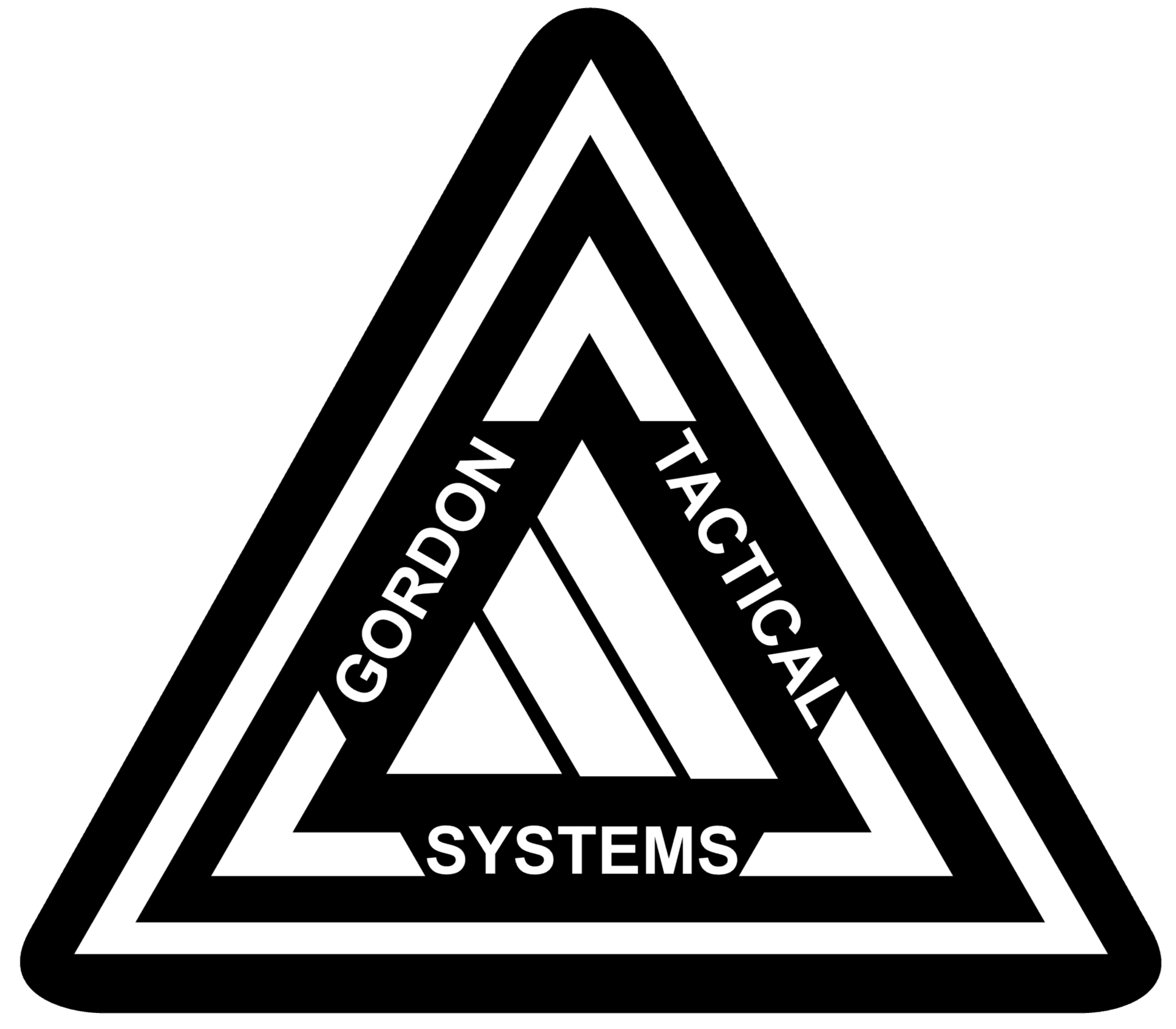BIO-MECHANICS
Newton's laws of motion
The three laws proposed by Sir Isaac Newton concerning relations between force, motion, acceleration, mass, and inertia. These laws form the basis of classical mechanics and were elemental in solidifying the concepts of force, mass, and inertia.♦ Newton's first law states that a body at rest will remain at rest, and a body in motion will remain in motion with a constant velocity, unless acted upon by a force. This law is also called the law of inertia. Newton's second law states that a force acting on a body is equal to the acceleration of that body times its mass. Expressed mathematically, F = ma, where F is the force in Newtons, m is the mass of the body in kilograms, and a is the acceleration in meters per second per second.♦ Newton's third law states that for every action there is an equal and opposite reaction. Thus, if one body exerts a force F on a second body, the first body also undergoes a force of the same strength but in the opposite direction. This law lies behind the design of rocket propulsion, in which matter forced out of a burner at high speeds creates an equal force driving the rocket forward.
The American Heritage® Science Dictionary
Copyright © 2011. Published by Houghton Mifflin Harcourt Publishing Company. All rights reserved.
